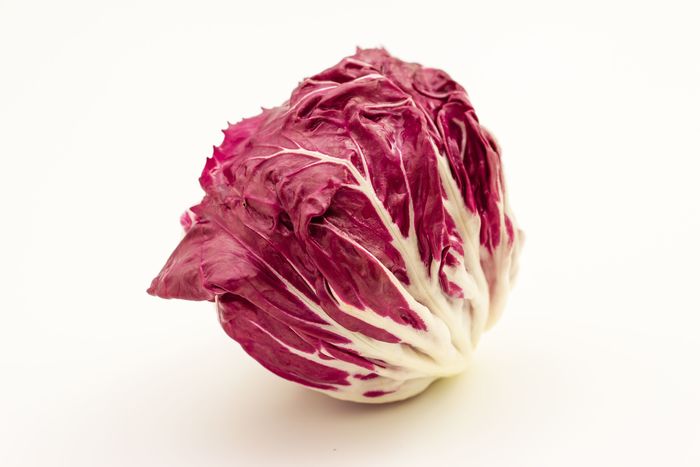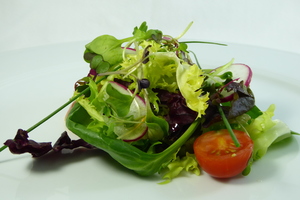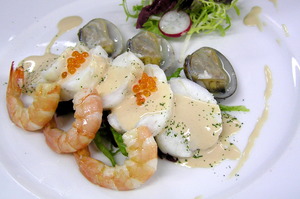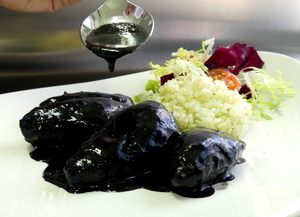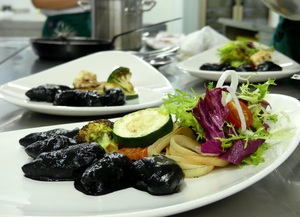Red chicory
Red chicory belongs to the same family as endives. They are not to be mistaken with the plant from which coffee substitutes are extracted from, although they are closely related.
In winter and spring, when the purple leaves with white veins are tender, its slightly bitter taste is a good combination with mixed salads and other vegetables.
Carbohydrates, together with water is the main component of its leaves. This vegetable is a good source of beta-carotene and vitamins B1, B2 and in a lower amount vitamin C and folic acid. Among its minerals, phosphor and potassium are the most remarkable. Leaves contain intybus, a bitter compound located mainly in the veins which eases digestions. It is a very adequate food in weight loss diets for its low caloric content and its high amount of provitamin A, which our organism transforms into vitamin A when needed. This vitamin is very important for a proper functioning of the nervous system, the immune system and our vision.
Finally, the inulin, which is the carbohydrate located in the leaves and roots stimulates the appetite and helps with digestion, whereas the intybus, the bitter compound, has the property of stimulating digestive secretions, making it easier to empty the gall bladder ( cholagogic effect).
-
Type of dish
- Beers
- Cocktails
- Breakfasts and brunch
- Burguers
- Juices, milkshakes and beverages
- Shellfish
- Bread and pastries
- Pizzas, patty
- Dessert
- Pasta
- Sándwich
- Pastries
- Finger foods
- Ice creams and sorbets
- Legumes
- Salads
- Eggs
- Patty
- liqueur
- Harvard plate
- Main course
- Meats
- Fish
- Birds
- Vegetables
- Soups and creams
- Rices
- Coffee, chocolate and infusion
- Cheeses
- Appetizers and canapes
- Temperature
- Cuisine type
- Additional culinary preparation
- Conservation technique
- Seasonal recipes
-
- Aromatic herbs
- Beverages
- Big game hunt
- Bread and pastries
- Canned goods and pickles
- Cereals
- Condiments, spices and additives
- Cooked, salted, preserved and cold meats
- Dried fruits and nuts
- Dry pulses
- Edible oils and vinegars
- Eggs and derivatives
- Feathered game hunt
- Fish cuts
- Fishes
- Insects
- Kitchen and bakery tecniques
- Kitchen and bakery utensils
- Meat cuts
- Meats
- Milk, cream and derivatives
- Mushrooms
- Offal
- Pasta, rice, flour and derivatives
- Poultry
- Seafood
- Service techniques
- Service utensils
- Vegetables cuts
- Vegetables, fruits, tubers and seaweed

